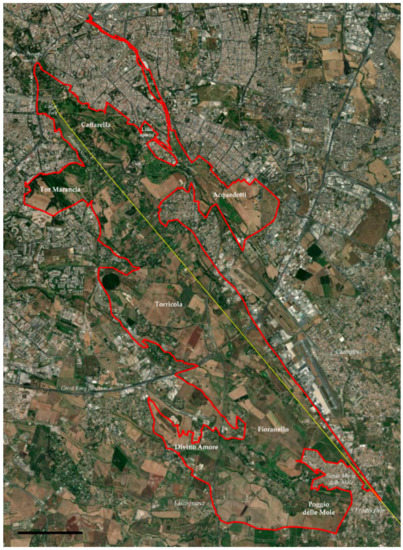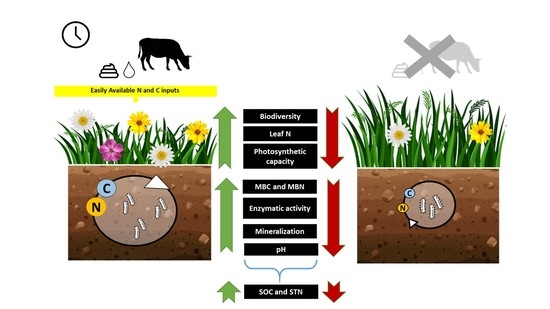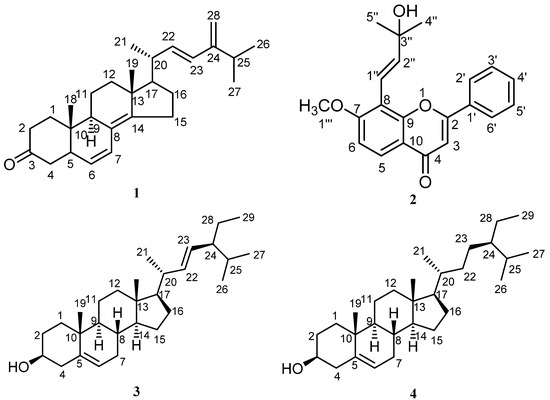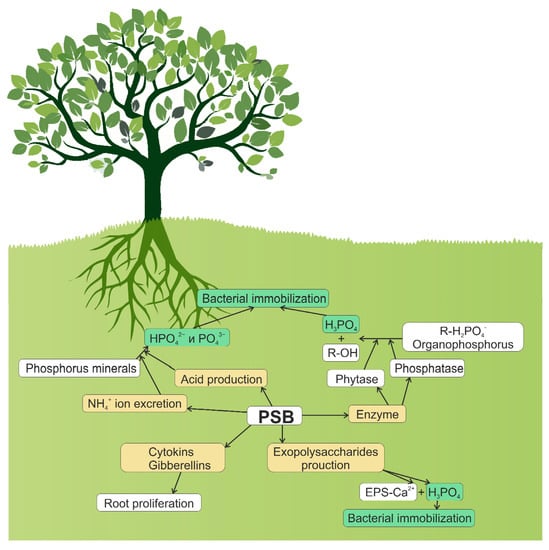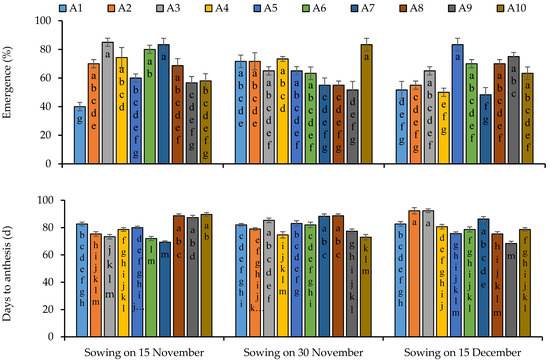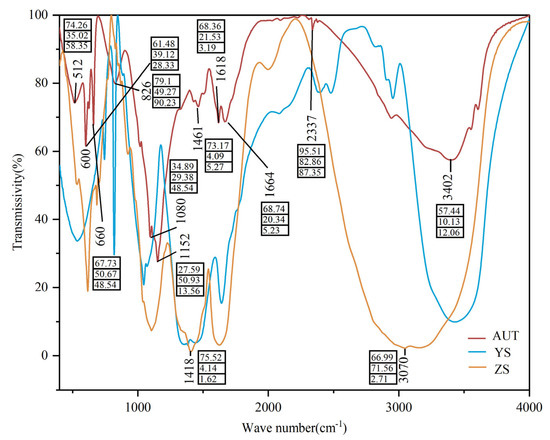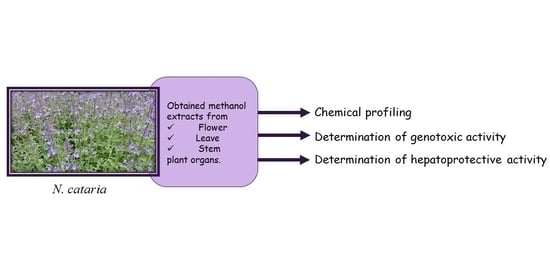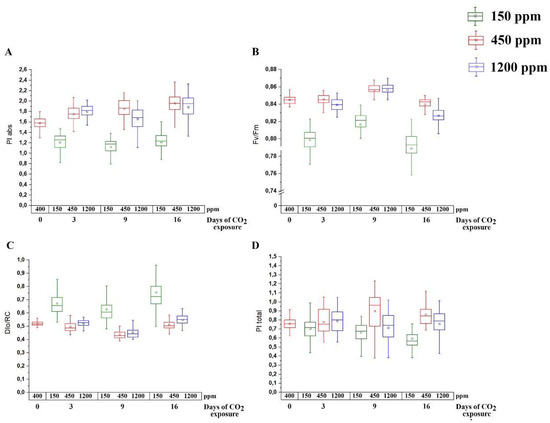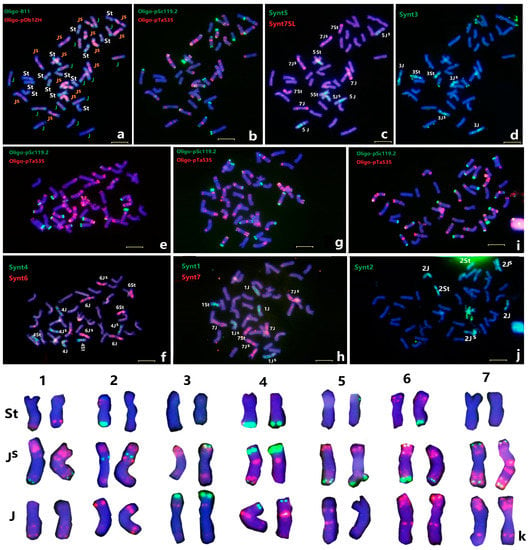Plants 2022, 11(16), 2122; https://doi.org/10.3390/plants11162122 - 15 Aug 2022
Cited by 14 | Viewed by 4065
Abstract
The first inventory of the flora of Appia Antica Regional Park (Italy), one of the largest protected urban areas in Europe (4580 ha), its biological, ecological and biogeographical composition, and notes of the vegetation physiognomies and landscape are presented; physical characteristics of the
[...] Read more.
The first inventory of the flora of Appia Antica Regional Park (Italy), one of the largest protected urban areas in Europe (4580 ha), its biological, ecological and biogeographical composition, and notes of the vegetation physiognomies and landscape are presented; physical characteristics of the territory (geomorphology, lithotypes, and phytoclimate) are also given. The landscape is defined by an agricultural matrix with natural and seminatural areas as patches, and riparian vegetation communities as corridors. The vegetation physiognomies are represented by types linked to the Mediterranean climate (mixed, Mediterranean, and riparian forests; scrubby, rocky, aquatic, and helophytic vegetation; anthropogenic communities). The floristic list includes 714 taxa (104 families and 403 genera). Therophytes prevail over hemicryptophytes; woody flora comprises about 30% of alien species. As regards chorotypes, together with a considerable number of Mediterranean species, there are many exotic species with wide distribution areas testifying to a long-lasting anthropic impact. Floristic novelties (european, national, and regional levels) for 21 taxa are reported. The extraordinary species diversity discovered (43% of flora of Rome and 20% of regional flora) is linked to the landscape heterogeneity, the characteristics of which are: (1) persistence of residual natural patches, (2) occurrence of quite well-preserved aquatic habitats and humid meadows, (3) a rich anthropogenic flora, (4) an interesting flora of archeological sites, (5) occurrence of species not common in Latium, (6) occurrence of populations of aliens in crops (which cause economic impact), (7) presence of aliens on archeological ruins (which cause economic-social impacts). The extensive set of data provided represents a general base framework for guiding future research efforts and landscape action plans consistent with environmental sustainability.
Full article
(This article belongs to the Special Issue Floristic Studies in the Light of Biodiversity Knowledge and Conservation)
►
Show Figures
